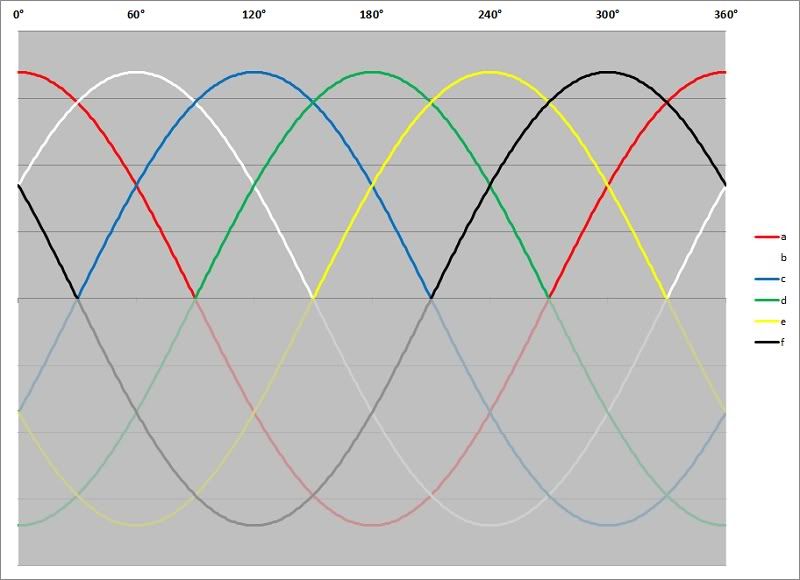It makes no difference where the dot markings are for a two winding single core secondary when performing circuit analysis. You can use any reference frame you want, but you must then use the proper convention to combine the two voltages.
You are free to use Van and Vnb. These phasors would be head-to-tail. 120<0 + 120 <0 = 240<0
You are free to use Van and Vbn. These phasors would be tail-to-tail. 120<0 - 120<180 = 240<0
You are free to use Vbn and Vna. These phasors would be head-to-tail. 120<180 + 120<180 = 240<180
You are free to use Vbn and Van. These phasors would be tail-to-tail. 120<180 - 120<0 = 240<180
It is incorrect to use Van and Vbn (tail-to-tail) and to ADD them together to find the voltage across both windings. The must be subtracted to find the voltage across both windings.
David, Thank you for posting this. At first I did not understand what you were trying to convey, but I see it now.
My disagreement has to do with, the convention does not convey why or what causes the phase shift to appear. Since the cause is both very simple and caused by the observer and not by the transformer, there is a legitimate reason for saying this convention unecessarily adds complexity and does not directly answer the question proposed (is there a phase shift).
The phase shift in this case is caused by the measuring convention and must be subtracted out. This obscures the fact that phase shifts do occur elswhere, for other reasons, caused by the underlying physical reality.


